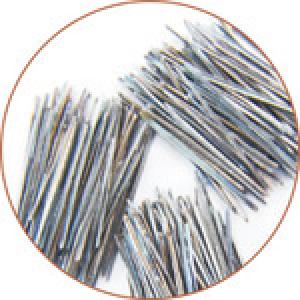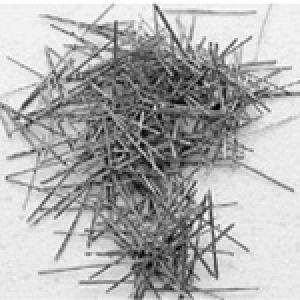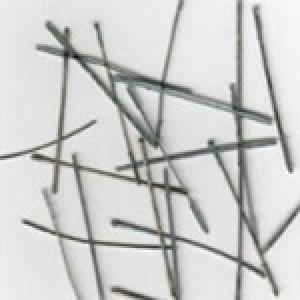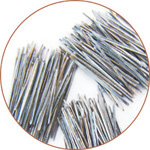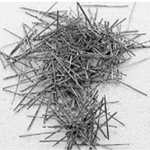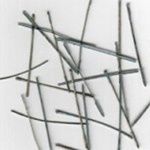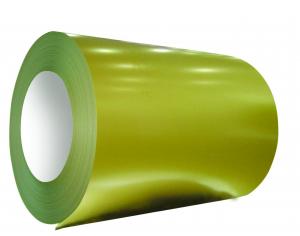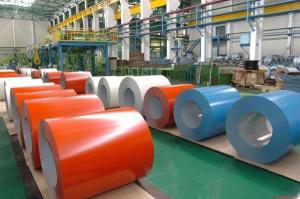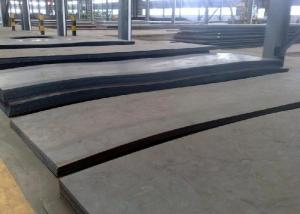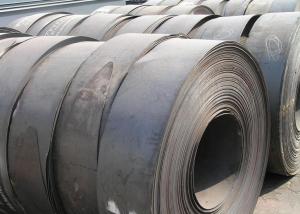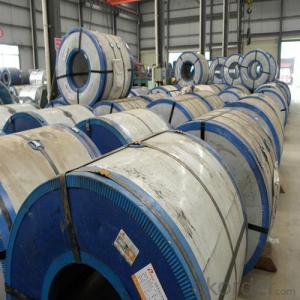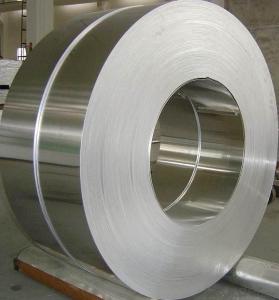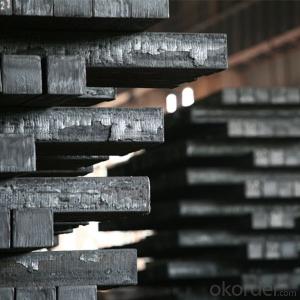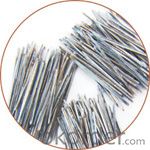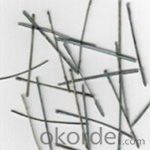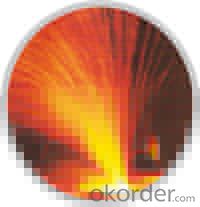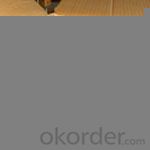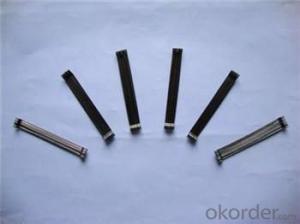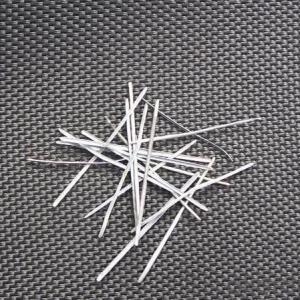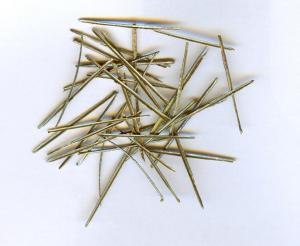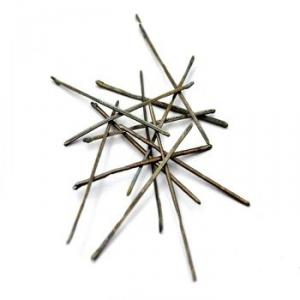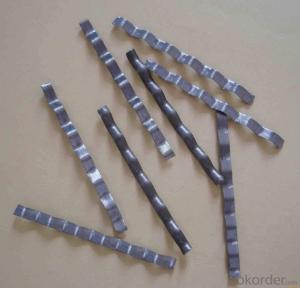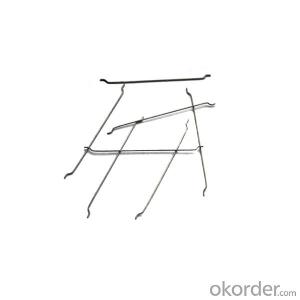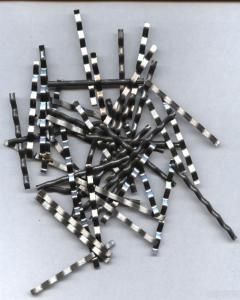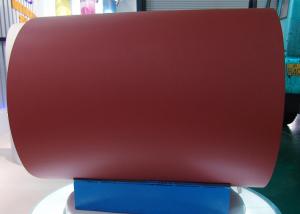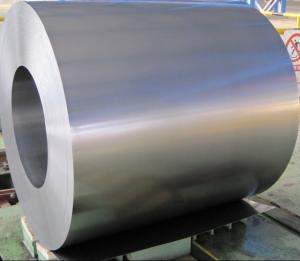Melt Extract Stainless Steel Fiber
- Loading Port:
- China Main Port
- Payment Terms:
- TT OR LC
- Min Order Qty:
- -
- Supply Capability:
- -
OKorder Service Pledge
Quality Product, Order Online Tracking, Timely Delivery
OKorder Financial Service
Credit Rating, Credit Services, Credit Purchasing
You Might Also Like
Melt Extract Stainless Steel Fiber
 |
- Q: What are the common manufacturing processes involved in producing steel products?
- Some common manufacturing processes involved in producing steel products include melting and refining of iron ore to produce molten iron, which is then converted into steel through the addition of carbon and other alloying elements. The molten steel is then cast into various shapes using processes like casting, rolling, or forging. Further processes like heat treatment, machining, and surface finishing may also be employed to achieve the desired properties and aesthetics of the steel products.
- Q: How do steel products contribute to the construction of theaters and concert halls?
- Steel products play a crucial role in the construction of theaters and concert halls. They are used for the structural framework, providing the necessary strength and stability to support the entire building. Steel beams, columns, and trusses are commonly used to create large open spaces, allowing for unobstructed views and accommodating extensive seating arrangements. Additionally, steel is used in the fabrication of stage equipment, rigging systems, and other infrastructure elements necessary for the smooth operation of performances. Its durability, versatility, and ability to withstand heavy loads make steel products vital in constructing robust and visually appealing theaters and concert halls.
- Q: What are the properties of stainless steel that make it corrosion-resistant?
- Stainless steel is corrosion-resistant due to its high chromium content, which forms a protective oxide layer on its surface. This oxide layer acts as a barrier, preventing the metal beneath from coming into contact with corrosive elements in the environment. Additionally, stainless steel also contains other alloying elements such as nickel and molybdenum, which enhance its corrosion resistance further.
- Q: What are the common types of steel products used in the pet photography and videography industry?
- In the pet photography and videography industry, some common types of steel products used include tripods, camera mounts, light stands, and backdrop support systems. These steel products provide stability and durability, ensuring steady shots and capturing the perfect moments with pets.
- Q: What are the different types of steel bars used in construction?
- There are several types of steel bars commonly used in construction, including mild steel bars, deformed steel bars, high-strength deformed steel bars, and ribbed steel bars.
- Q: What are the different types of steel fencing and their applications?
- There are several types of steel fencing available, each with its own unique applications. Some common types include chain link fencing, ornamental steel fencing, and welded wire fencing. Chain link fencing is widely used for commercial and residential purposes due to its affordability and durability. Ornamental steel fencing, on the other hand, is more decorative and often used for residential properties or to enhance the aesthetics of public spaces. Lastly, welded wire fencing is commonly used for agricultural or livestock purposes, as it provides a secure enclosure while still allowing visibility. Ultimately, the choice of steel fencing depends on the specific requirements and desired appearance of the application.
- Q: What are the applications of steel in the pharmaceutical industry?
- Steel is commonly used in the pharmaceutical industry for various applications. One significant application is in the manufacturing of equipment and machinery used for processing, packaging, and storing pharmaceutical products. Steel's durability, strength, and resistance to corrosion make it suitable for constructing tanks, vessels, mixers, and pipes that are necessary for pharmaceutical manufacturing processes. Additionally, steel is utilized in the construction of cleanrooms, where drugs are formulated and sterilized, due to its ability to maintain a controlled and sterile environment.
- Q: How are steel sheets used in roofing and cladding systems?
- Steel sheets are commonly used in roofing and cladding systems due to their durability, strength, and resistance to weathering. These sheets are typically installed to create a protective barrier against external elements such as rain, wind, and sunlight. Steel sheets are lightweight, easy to install, and can be customized to fit various architectural designs. They provide structural support to buildings, ensuring longevity and stability. Additionally, steel sheets offer aesthetic appeal and can be coated or painted to enhance their appearance.
- Q: How do steel products contribute to the construction of theme-based cultural heritage sites?
- Steel products play a crucial role in the construction of theme-based cultural heritage sites by offering strength, durability, and versatility. They are used in various structural elements such as beams, columns, and frameworks, providing the necessary support to the overall structure. Steel's high strength-to-weight ratio allows for the construction of intricate and large-scale designs, enabling architects to bring their visions to life. Moreover, steel's resistance to corrosion ensures the longevity of the cultural heritage sites, preserving their historical value for future generations to enjoy.
- Q: What are the different types of steel structural shapes?
- Some of the different types of steel structural shapes include I-beams, H-beams, channels, angles, and tubes. These shapes are commonly used in construction and engineering projects to provide structural support and stability.
Send your message to us
Melt Extract Stainless Steel Fiber
- Loading Port:
- China Main Port
- Payment Terms:
- TT OR LC
- Min Order Qty:
- -
- Supply Capability:
- -
OKorder Service Pledge
Quality Product, Order Online Tracking, Timely Delivery
OKorder Financial Service
Credit Rating, Credit Services, Credit Purchasing
Similar products
Hot products
Hot Searches
Related keywords
